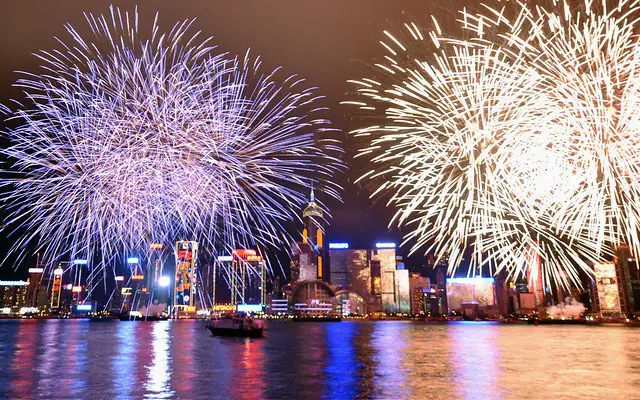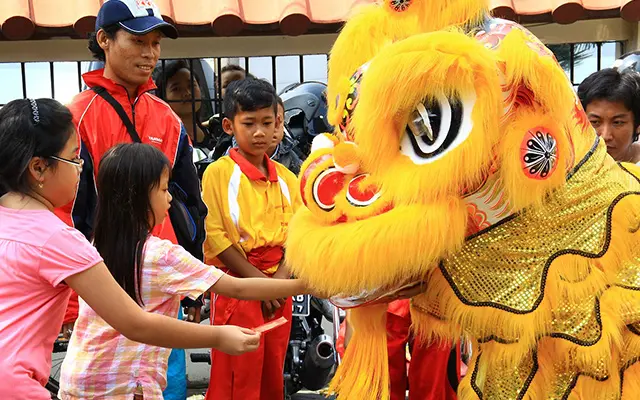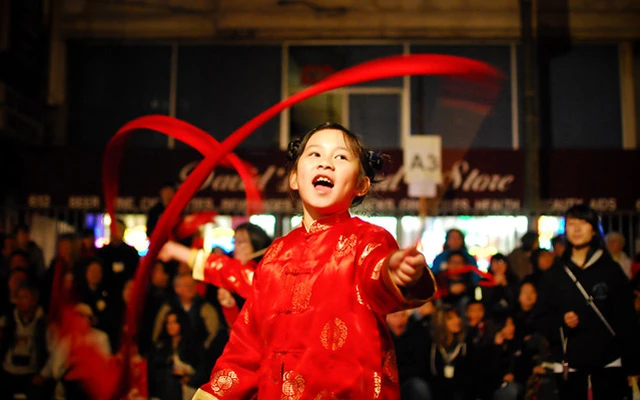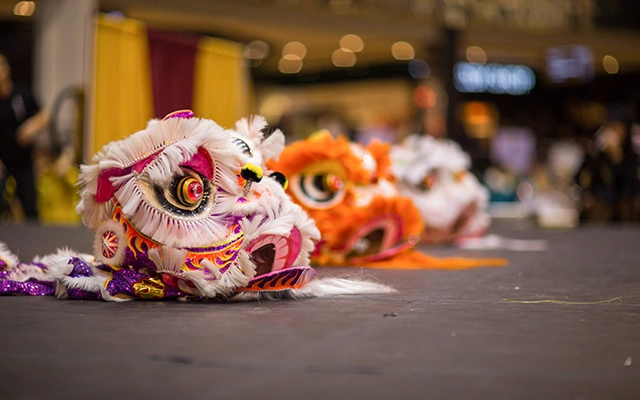Traditions and customs of the Chinese New Year
Follow the ritualistic sequence of the festival events and immerse in a superstitious journey in Chinese culture.
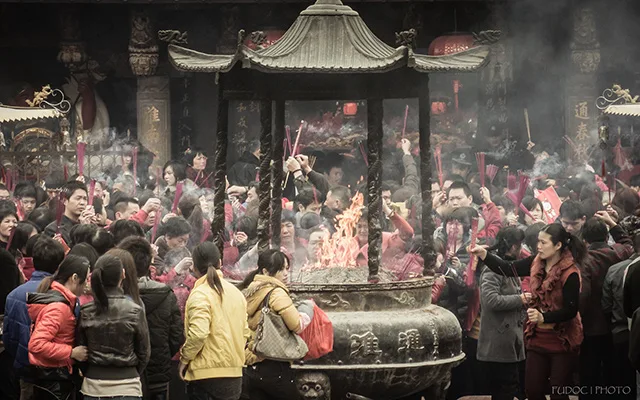
The sequence of customs and traditions
A series of rituals and customs give a unique feeling to the festival and make the period of Chinese new year a highly anticipated season in Chinese society. Home and family gain the main focus during the feast, but also the extended celebrations in the community-level bring a definite festivity mode to the atmosphere. Fabulous city decorations, performances, and parades make the average visitor of a Chinese city becoming a part of the feast at once.
The observer of the Chinese New Year has the opportunity to immerse into the deeper meaning of the feast and get a genuine experience by following and understanding some of the festival customs. Habits, elements, decorations, and events construct a unique atmosphere and reflect the traditional and historical common beliefs of the Chinese culture.
Prior to the festival

Part of the whole ritual for all the observers of the festivity is to clean their homes.
This habit signifies the effort to get rid of any potential bad luck and appease the Gods who are coming from heaven for inspections. This should be done thoroughly since according to the tradition brooms should not be picked up during the festival in order to avoid sweeping the good luck out of the door.
The preparatory period is also highly related to shopping orientated to food, gifts, and clothes. Finally, the street and home decoration process starts.
New Year’s Eve
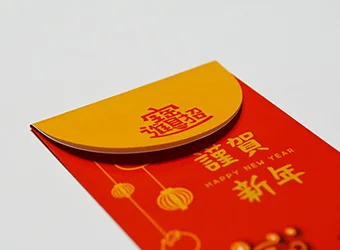
By the New Year’s Eve, almost every house has the characteristic red spring couplets with lucky messages hanged on the door or windows.
The day stands for the family reunion dinner that includes a variety of delicious foods, such as the noodle soup that brings luck for the upcoming new year.
On this day, exactly like the Christmas gift-giving tradition in other countries, Chinese people offer red envelopes with money to each other. This is a common gesture from adults to children but even employers offer it to their employees for good luck.
After the family dinner, people stay awake until late in order to welcome the new year.
Chinese New Year’s Day
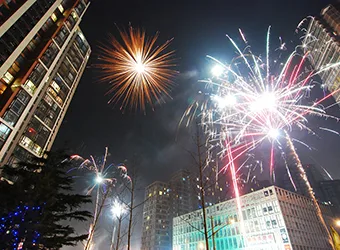
At the very first minute of the New Year’s Day, an extensive firework show starts.
It is one of the longest Chinese traditions and synonymous to the New Year celebration. The tradition has its’ routes to the legend of the beast Nian and until today the firework clangs and lights target to frighten the evil spirits and scare them away for the upcoming months.
Another ritual of this day includes the food and paper icons sacrifices at the name of Gods and the ancestors.
7-day bank holiday
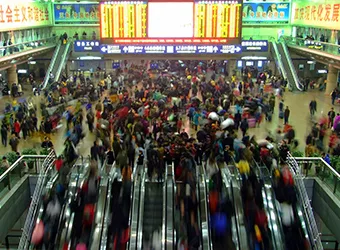
The official 7-day public holiday that starts on New Year’s Day, gives the signal for the biggest human migration of the year.
Since the celebration is the epitome of family reunion, many people across the country travel to their home areas to meet and gather with family members and friends.
Both at the beginning and the end of the vacation period the image of travelers and some incidents of traffic chaos are widespread in the whole country.
Dragon dances and food
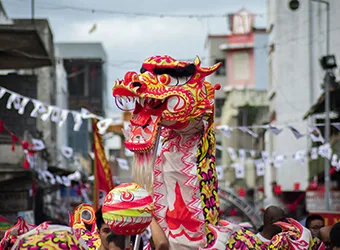
Apart from the lantern release, the Lantern Festival includes another typical celebration that marks the final of the Chinese New Year celebration. This is the highlight of dragon dance.
Since the dragon is a symbol of good fortune in Chinese culture, it has a prominent role at the celebrations of this period. So as a part of a parade, a colorful long dragon is carried by numerous dancers along the streets of cities and villages.
That event attracts many locals and visitors and brings a festive mood to the whole community.
Lantern Festival
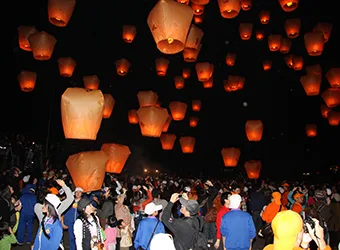
The 15-day New Year’s celebration ends with a highlight, which is the Lantern Festival.
The lanterns that are released to the sky, are always red to symbolize good luck. They can have complex designs and are carrying lucky riddles and messages.
As they elevate towards the sky they symbolize people who have the opportunity to leave their bad past behind and go further for a fortunate future.
During the event, the streets are full of people who have the opportunity to buy sugar-snacks and nice food.

A superstitious journey
A series of traditions and habits related to the Chinese New Year are followed widely by the biggest part of the communities. A closer look at those customs reveal the folklore beliefs and the undercover superstitions existing in Chinese society.
Most of the religious believers in China are actually followers of Chinese folk religion rather than Buddhism or Taoism. In other words, the number of "true" Buddhists and Taoists in China is extremely low.
As each new start, the Lunar New Year signifies the chance for a fresh beginning that can leave all the bad and unfortunate incidents behind. Attracting good fortune is a fundamental requirement for this new start and consequently, plenty of habits and taboos targeting to avoid bad luck are observed in correspondence to the festivity. Among other people are trying to:
- Do not sweep or clean up in order to avoid sweeping the good luck outside of the house.
- Avoid washing clothes and hair on the first and second day of the festival.
- Avoid using negative words (like death, pain, sadness) during the festival.
- Avoid using knifes scissors and other sharp objects that can "cut welth and success".
- Avoid fighting crying and asking for debt repayment during the feast.
